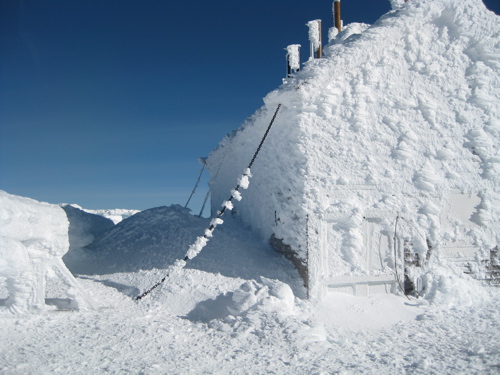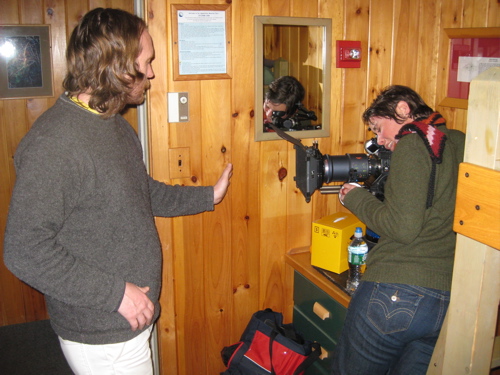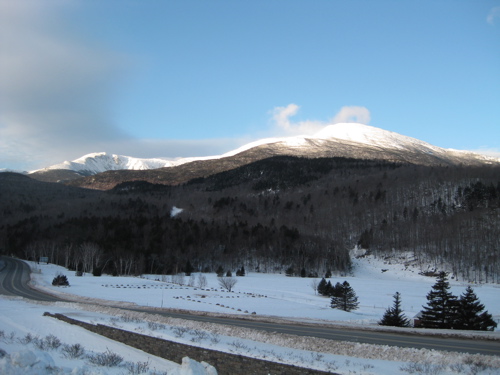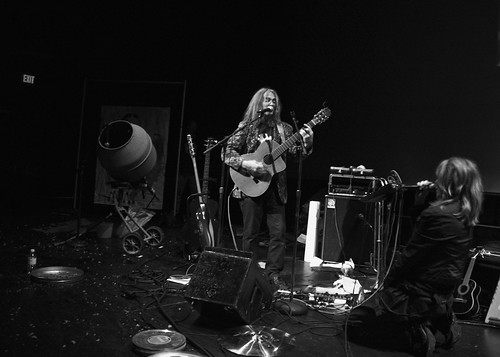I’m in the middle of recording a number of my pieces for banjo and electronics for a forthcoming CD. (Stay tuned for more info!) All of the works involve live, interactive processing of the banjo sound and sometimes the voice as well. This processing is done in Max and is driven by analysis of both audio inputs and sensor inputs. All of this is geek speak to say that every time I perform the piece it sounds a little different, and sometimes markedly so. This can make recording the pieces tricky. Especially since most of the music we hear is assembled like a layer cake: each part recorded separately and then mixed together after the fact (with yummy frosting…). Not a workable option for my process.
Straight to “Tape”
My previous approach to recording followed a “live to 2 track” design. I would play the piece and capture the input sounds along with whatever sounds were generated by my Max patch. The results were certainly true to life, represented my live performances well, and usually sounded fine. Occasionally, though, I’d wish for more flexibility to tweak the sounds, particularly the vocal or banjo sounds since I don’t have the luxury of recording in the world’s greatest sounding room. So I looked into ways to expand the number of available tracks.
Multitrack Multitudes
I played around with Soundflower, Rewire and Jack in various combinations and sometimes got things working pretty well. But the setups never completely gelled for me–partly because I felt constrained by the number of available outputs on my aging MOTU interface, partly because I needed as much available CPU for running my patches and couldn’t spare enough to run my DAW at the same time. So I eventually went back to recording everything in Max using a very slightly modified version of the quickrecord utility. This turned out to be a great way to break out individual tracks for further EQing during the mixing stage. One drawback was having to split the multichannel file into individual stereo or mono files. (Audacity and ProTools both do this very well. If only AudioFinder would support multichannel files…) But mostly I still felt constrained by the limited number of outputs on my audio interface; I often resorted to creating submixes of individual elements in Max in order to cram all the sounds into the available channels. With 10 outputs available I’d use the first 2 for monitoring while recording, 3 or 4 for live mics, leaving only 4 or 5 for sounds generated by Max.
Aggregrate Device – Duh!
Just the other day I had a breakthrough realization: I could use a Soundflower aggregate device to address many more output channels than are physically available on my interface. Now I’ve got channels to spare. I’m kicking myself for not thinking of this sooner. The biggest drawback? Now I’ll be spending much more time in mixing mode. I wonder when I’ll ever get this CD finished…?









